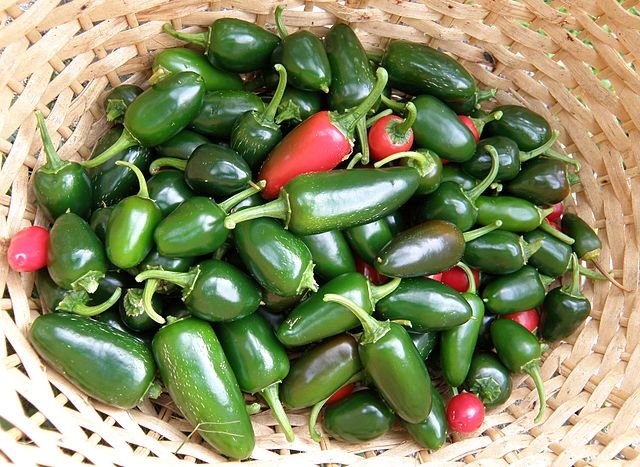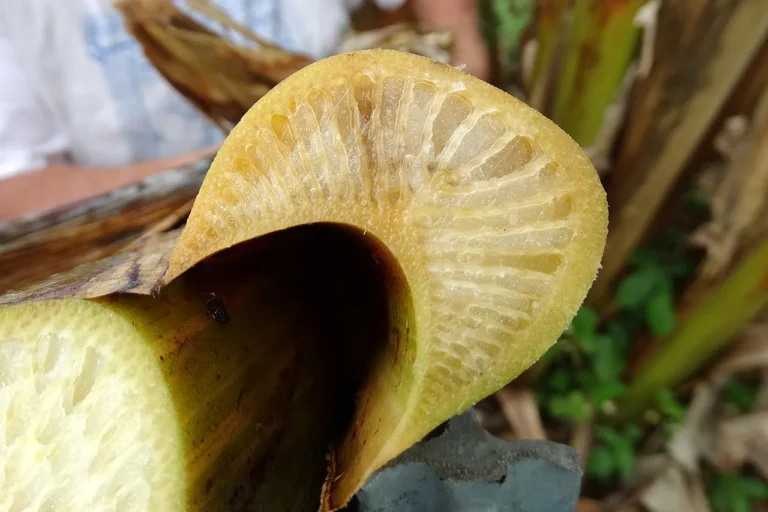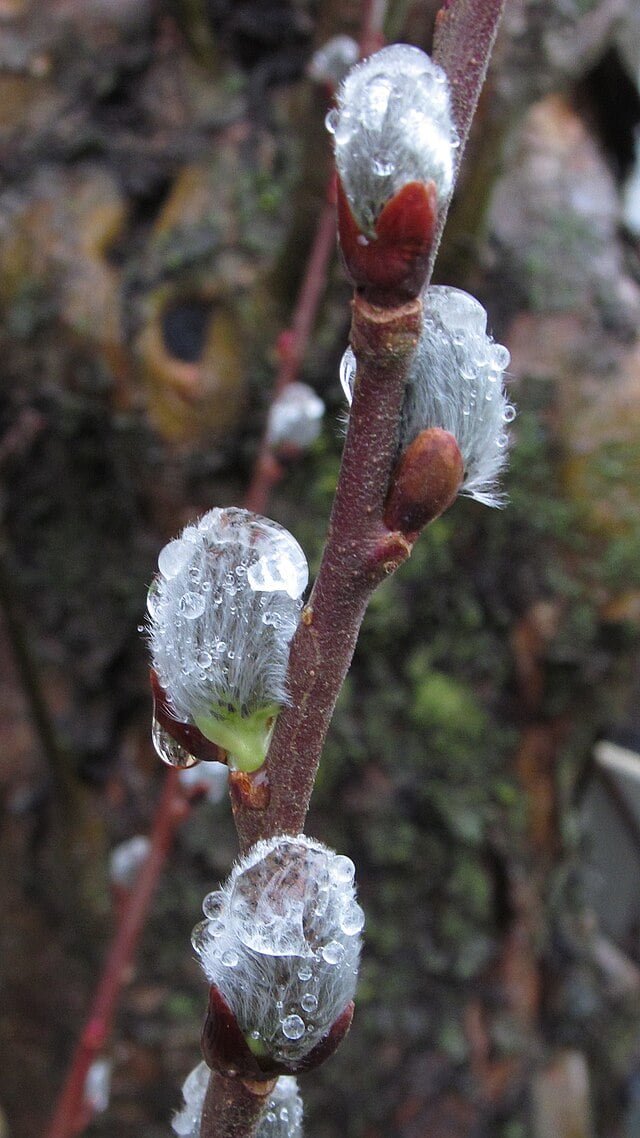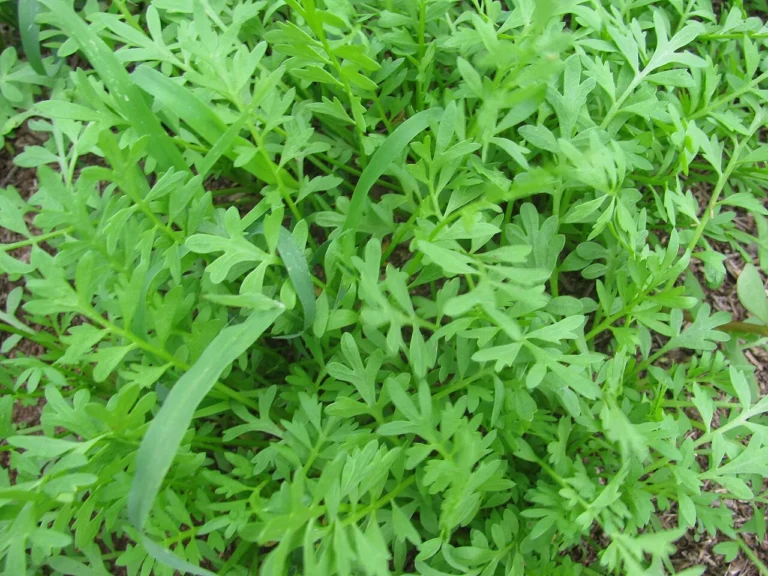Growing Jalapeno Peppers in Your Garden
Jalapeno peppers are a staple in many cuisines, celebrated for their perfect balance of heat and flavour. Whether you’re a seasoned gardener or a novice, growing jalapeno peppers can add a spicy kick to your garden and your cooking. This guide will walk you through the steps to cultivate, care for, and harvest jalapeno peppers, ensuring a bountiful crop of these versatile chilies.
Growing Jalapeno Peppers
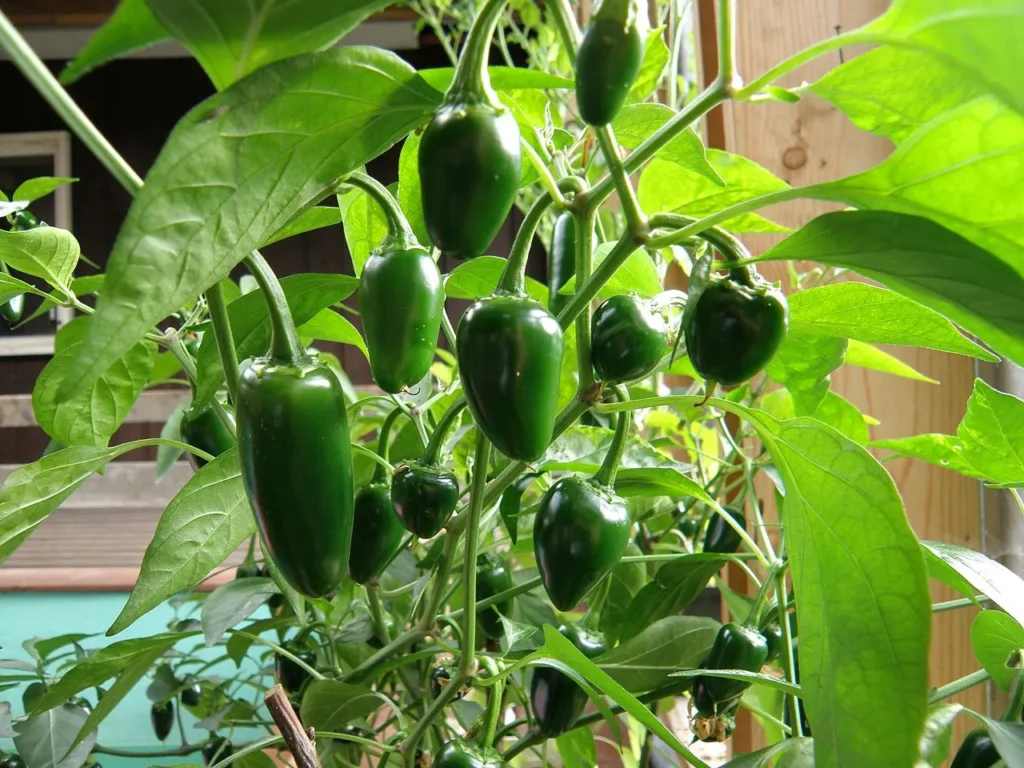
Choosing Your Jalapeno Variety
While the classic green jalapeno is widely recognized, there are several varieties, including early-maturing, purple, and even milder versions. Some popular varieties include:
- Early Jalapeno: For quicker harvests.
- Tam Jalapeno: A milder option with less heat.
- Purple Jalapeno: Offers unique colour and traditional heat.
Starting Jalapeno Peppers
- When to Plant: Start seeds indoors 8-10 weeks before the last expected frost. Jalapenos require a long growing season, and starting them indoors gives them a head start.
- Seed Preparation: Soak seeds overnight in warm water to expedite germination.
- Sowing: Plant seeds in a seed-starting mix, placing them ¼ inch deep. Keep the soil moist and warm (around 75-85°F) to encourage germination, which typically occurs in 7-14 days.
Transplanting to the Garden
- Timing: Transplant seedlings outdoors after all danger of frost has passed and when nighttime temperatures consistently stay above 55°F.
- Location: Choose a sunny spot with at least 6 hours of direct sunlight daily. Jalapenos prefer well-draining, fertile soil with a pH between 6.0 and 6.8.
- Spacing: Plant jalapeno seedlings 14-18 inches apart in rows 2-3 feet apart to allow for air circulation and growth.
Care and Maintenance
- Watering: Provide 1-2 inches of water per week. It’s crucial to keep the soil consistently moist but not waterlogged.
- Mulching: Apply a layer of organic mulch to retain moisture, regulate soil temperature, and suppress weeds.
- Fertilizing: Use a balanced, slow-release fertilizer at planting time. Once peppers start to form, switch to a low-nitrogen, high-phosphorus and potassium fertilizer to encourage fruiting.
Pest and Disease Management
Keep an eye out for common pests like aphids, spider mites, and pepper weevils. Diseases such as bacterial spot and powdery mildew can also affect jalapenos. Practice crop rotation, use neem oil or insecticidal soap for pests, and remove affected plants to manage diseases.
Harvesting Jalapeno Peppers
- When to Harvest: Jalapenos can be harvested when they’re green and firm, typically 70-80 days after transplanting. For hotter peppers, wait until they begin to turn red.
- How to Harvest: Cut the peppers from the plant with garden shears, leaving a short stub of stem attached. Wear gloves to protect your skin from capsaicin, the compound that gives peppers their heat.
Storing Jalapeno Peppers
Fresh jalapenos can be stored in the refrigerator for up to two weeks. For longer preservation, jalapenos can be pickled, dried, or frozen. Drying and grinding jalapenos can also produce homemade chili powder.
Creative Uses for Homegrown Jalapenos

Once you’ve harvested your jalapenos, the fun really begins. Here are several ways to incorporate them into your cooking and even into your home:
Culinary Creations
- Pickled Jalapenos: Slice and pickle your jalapenos in a vinegar-based brine for a tangy condiment that enhances sandwiches, tacos, and more.
- Jalapeno Poppers: Stuff jalapenos with cream cheese and wrap them in bacon for a delicious appetizer.
- Homemade Hot Sauce: Blend jalapenos with garlic, vinegar, and spices for a custom hot sauce that adds a kick to any dish.
Preserving Your Harvest
- Freezing: Flash freeze whole or sliced jalapenos on a baking sheet before transferring them to freezer bags. Use them throughout the year in cooked dishes.
- Drying: Dry jalapenos in a dehydrator or oven to make chili flakes or powder for seasoning.
Jalapeno-Infused Oil
Infuse olive oil with jalapeno slices for a spicy oil that’s perfect for drizzling over pizza, pasta, or roasted vegetables.
Garden Beauty and Pollinator Attraction
Beyond the kitchen, jalapeno plants, with their glossy green leaves and bright fruits, add aesthetic value to gardens and balconies. They also attract pollinators, contributing to the health of your garden ecosystem.
Jalapeno Peppers FAQ
When should I plant jalapeno peppers?
Plant jalapeno peppers outdoors after the last frost, when soil temperatures consistently exceed 60°F (15°C). For a head start, sow seeds indoors 8-10 weeks before the last expected frost.
How much sunlight do jalapeno plants need?
Jalapeno peppers require full sun, which means at least 6-8 hours of direct sunlight each day for optimal growth and fruit production.
What type of soil is best for jalapeno peppers?
Jalapeno peppers require full sun, which means at least 6-8 hours of direct sunlight each day for optimal growth and fruit production.
How often should I water my jalapeno plants?
Water jalapeno plants deeply once a week, allowing the soil to slightly dry out between waterings. Increase watering frequency during hot, dry periods or if the plants are grown in containers.
Do jalapeno peppers need fertilizer?
Yes, jalapeno peppers benefit from regular fertilization. Apply a balanced, slow-release fertilizer at planting time and a high-potassium fertilizer once the plants start flowering to encourage fruiting.
How long does it take for jalapeno peppers to mature?
Jalapeno peppers typically take 70-80 days from transplanting to reach maturity and produce ripe fruits. This can vary based on growing conditions and climate.
How can I tell when jalapeno peppers are ready to harvest?
Jalapeno peppers are ready to harvest when they are firm, 3-4 inches long, and have a bright green or red colour, depending on desired ripeness. Peppers can be harvested at any stage of maturity, but flavour intensifies as they mature.
Can I grow jalapeno peppers in containers?
Yes, jalapeño peppers can be successfully grown in containers. Choose a pot at least 12 inches in diameter with good drainage and use a high-quality potting mix.
What are common pests and diseases affecting jalapeno peppers?
Common pests include aphids, spider mites, and pepper weevils. Diseases like bacterial spot, powdery mildew, and mosaic virus can also affect jalapenos. Regular monitoring and appropriate organic or chemical controls can manage these issues.
Can I save seeds from my jalapeno peppers for next year?
Yes, you can save seeds from ripe jalapeno peppers for planting next year. Ensure the seeds are from open-pollinated or heirloom varieties, as seeds from hybrid plants may not produce true to the parent plant.
Additional Resources

For comprehensive information, expert advice, and creative inspiration for growing and using jalapeno peppers, the following online resources are invaluable. They provide detailed guidance on cultivation, pest management, and a plethora of recipes to explore the culinary potential of your homegrown jalapenos.
- Clemson Cooperative Extension – Pepper Cultivation: This resource offers extensive information on growing peppers, including jalapenos. It covers everything from soil preparation and planting to pest and disease management. The Clemson Cooperative Extension’s guide is an excellent starting point for understanding the essentials of successful pepper gardening.
- Chili Pepper Madness – Jalapeno Recipes: A treasure trove for those looking to cook with jalapenos, Chili Pepper Madness provides a wide array of recipes. From pickling and making hot sauce to crafting delicious jalapeno poppers, this site offers creative ways to use your garden’s bounty.
By leveraging these resources, you can enhance your knowledge of jalapeno cultivation and discover new, exciting ways to incorporate these versatile peppers into your cooking. Whether you’re a novice gardener or a seasoned grower, these sites offer valuable insights and inspiration for making the most of your jalapeno crop.
Final Thoughts
Growing jalapeno peppers is a rewarding endeavour that spices up both your garden and your kitchen. With proper care, the right conditions, and a little patience, you can enjoy a vibrant and spicy harvest. Whether you’re making salsas, hot sauces, or simply enjoying them fresh, homegrown jalapenos offer a zest that can’t be beaten.

